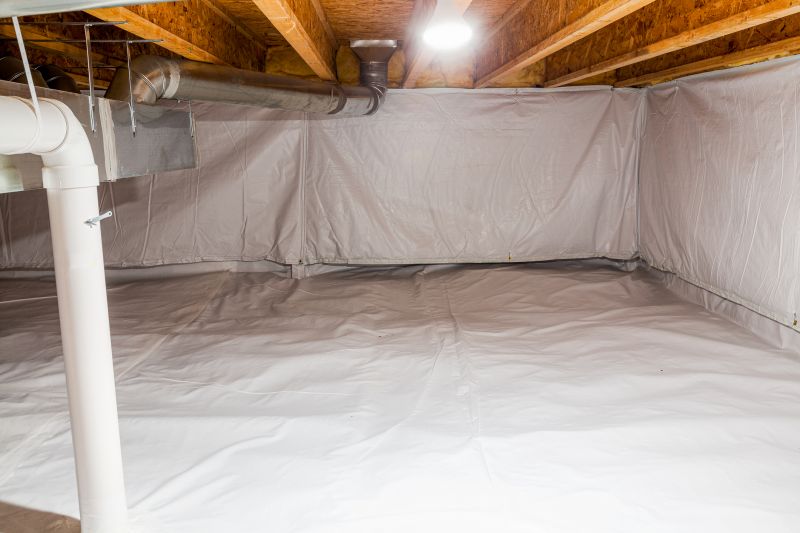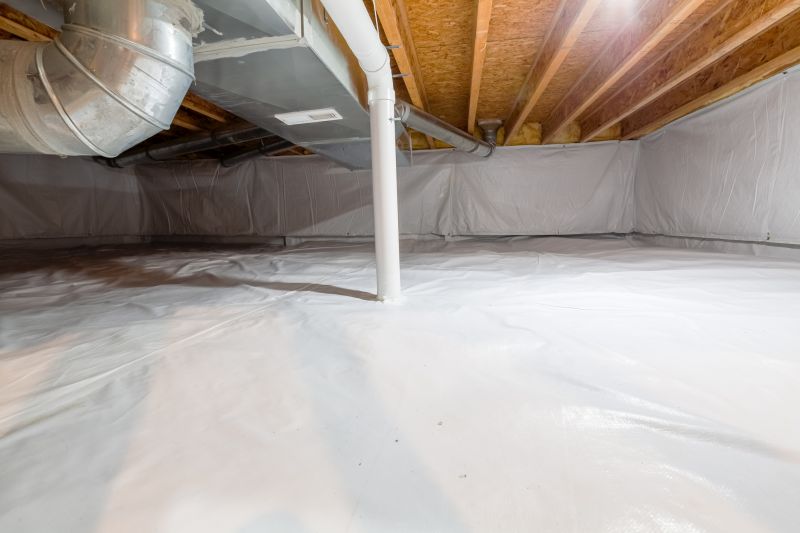Affordable Crawlspace Encapsulation Options
Crawlspace encapsulation involves sealing and insulating the crawlspace area to protect against moisture, pests, and structural damage. Proper encapsulation can significantly improve indoor air quality, reduce energy costs, and prevent mold growth.
Encapsulation prevents moisture intrusion, which can lead to mold, wood rot, and structural issues in the crawlspace.
Sealing the crawlspace reduces heat loss and air leaks, leading to lower heating and cooling costs.
Reducing mold and dust mites in the crawlspace improves indoor air quality and can alleviate allergy symptoms.
Encapsulation acts as a barrier against pests such as rodents and insects that can enter through unsealed crawlspaces.




Failure to encapsulate a crawlspace can lead to persistent moisture issues, increased energy bills, and potential health hazards from mold and pests. Without proper sealing, homes are more vulnerable to structural damage and indoor air quality problems, which can impact comfort and safety.
| Benefit or Risk | Details |
|---|---|
| Moisture Damage | Unsealed crawlspaces allow moisture to seep in, promoting mold growth and wood rot. |
| Higher Energy Costs | Leaks and drafts from unsealed crawlspaces increase heating and cooling expenses. |
| Indoor Air Quality | Mold spores and dust mites from unencapsulated crawlspaces can circulate inside the home. |
| Pest Entry Points | Gaps and unsealed areas attract rodents and insects. |
| Structural Integrity | Excess moisture weakens foundation supports over time. |
| Health Risks | Mold exposure can cause respiratory issues and allergies. |
| Property Value | Encapsulated crawlspaces can improve home value and marketability. |
Interested in enhancing your home's protection through crawlspace encapsulation? Fill out the contact form today to receive a detailed quote and start safeguarding your property.

